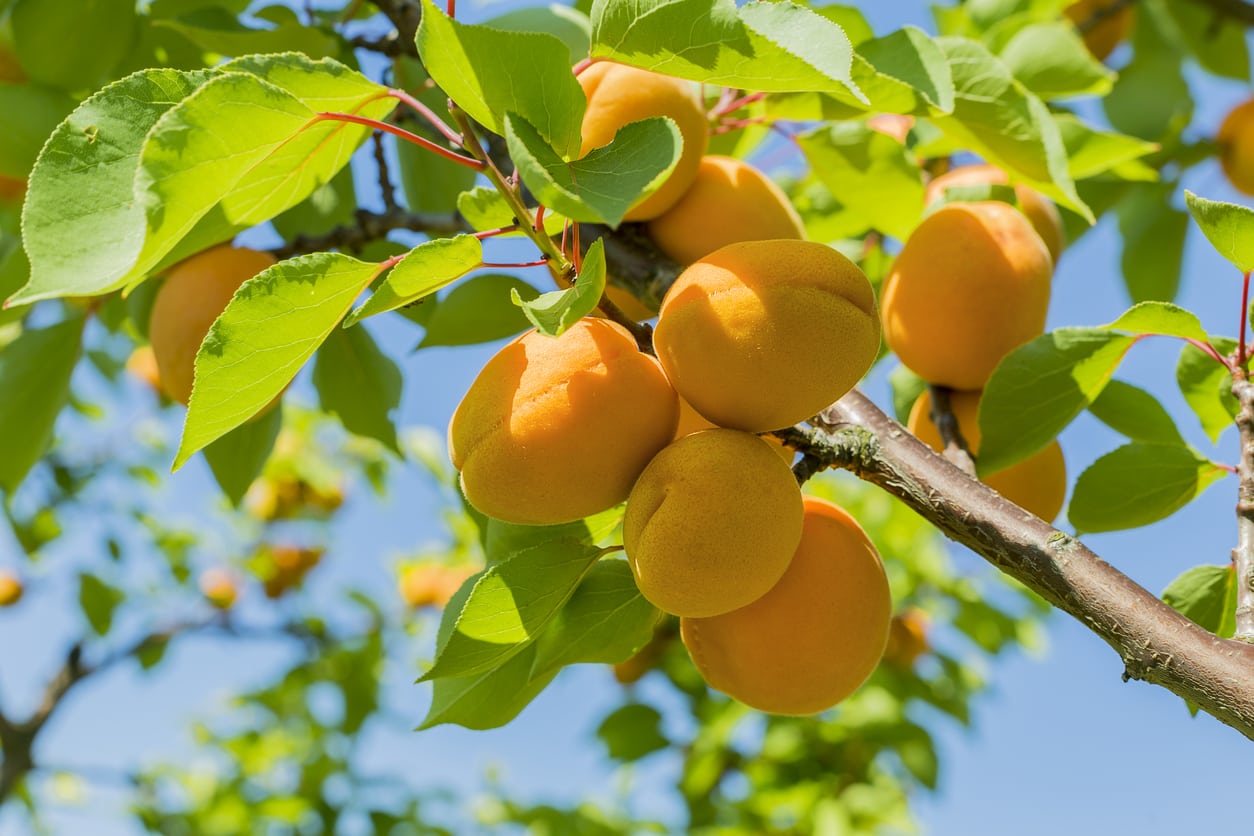What Causes Apricot Waterlogging: What To Do For Waterlogged Apricot Trees


Waterlogging is exactly what it sounds like. Waterlogged apricot trees are generally planted in poorly drained soil which leaves roots soaked and drowning. Waterlogged apricot roots causes the death of the roots and decline of the tree. Once this happens, it is difficult to fix, but the issue is very easy to prevent.
Recognizing Apricot Waterlogging Problems
It can often be difficult to figure out what ails your fruit tree. Fungal issues, cultural, environmental, pests, other diseases, the list goes on. Stone fruits are often susceptible to waterlogging. Can apricots become waterlogged? They are not as likely to suffer from the condition as peaches and nectarines but may be affected. It is important to recognize the first symptoms if any attempt to aid the tree in time can be effective. Waterlogged apricot trees will first show signs in the foliage. Leaves turn yellow or bronze-purple. In time, the tree will drop the leaves. If you were to dig up the roots, they would be black, oozing, and smell rather terrible. This is because they are essentially rotting in pooled water. Waterlogged apricot roots can no longer bring up water and nutrients and the loss of leaves affects the plants ability to gather solar energy to turn into plant sugars. Both issues cause the decline of the tree, which may take some time but eventually it will die.
What Causes Apricot Waterlogging?
When roots are too close to the water table, soil does not drain well and poor irrigation practices are in place, waterlogging can occur. It is important to check the drainage of a site prior to planting a tree of any kind. When soil is waterlogged, all air pockets are displaced, depriving the plant of oxygen. Plant roots are now operating in an anaerobic condition which reduces nutrient uptake but also causes excess toxins to accumulate and organic matter to deplete from soil. Potentially damaging hormone production is also increased.
Fixing Apricot Waterlogging Problems
If possible, it is best to approach waterlogging prior to planting. Checking soil porosity and incorporating compost and gritty material can help drainage. Terraces or planting on a hilled area or raised bed are also effective. Avoid planting in clay soil which holds water and does not percolate. If damage is already occurring, dig soil away from roots and replace with grittier material. Dig French drains or trenches to direct water away from the tree. Be careful about excess watering. Good cultural care can ensure a strong tree that can recover from brief periods of waterlogging, as can purchasing an apricot tree grafted onto plum rootstock, where some tolerance has been exhibited.
Sign up for the Gardening Know How newsletter today and receive a free copy of our e-book "How to Grow Delicious Tomatoes".

Bonnie Grant is a professional landscaper with a Certification in Urban Gardening. She has been gardening and writing for 15 years. A former professional chef, she has a passion for edible landscaping.